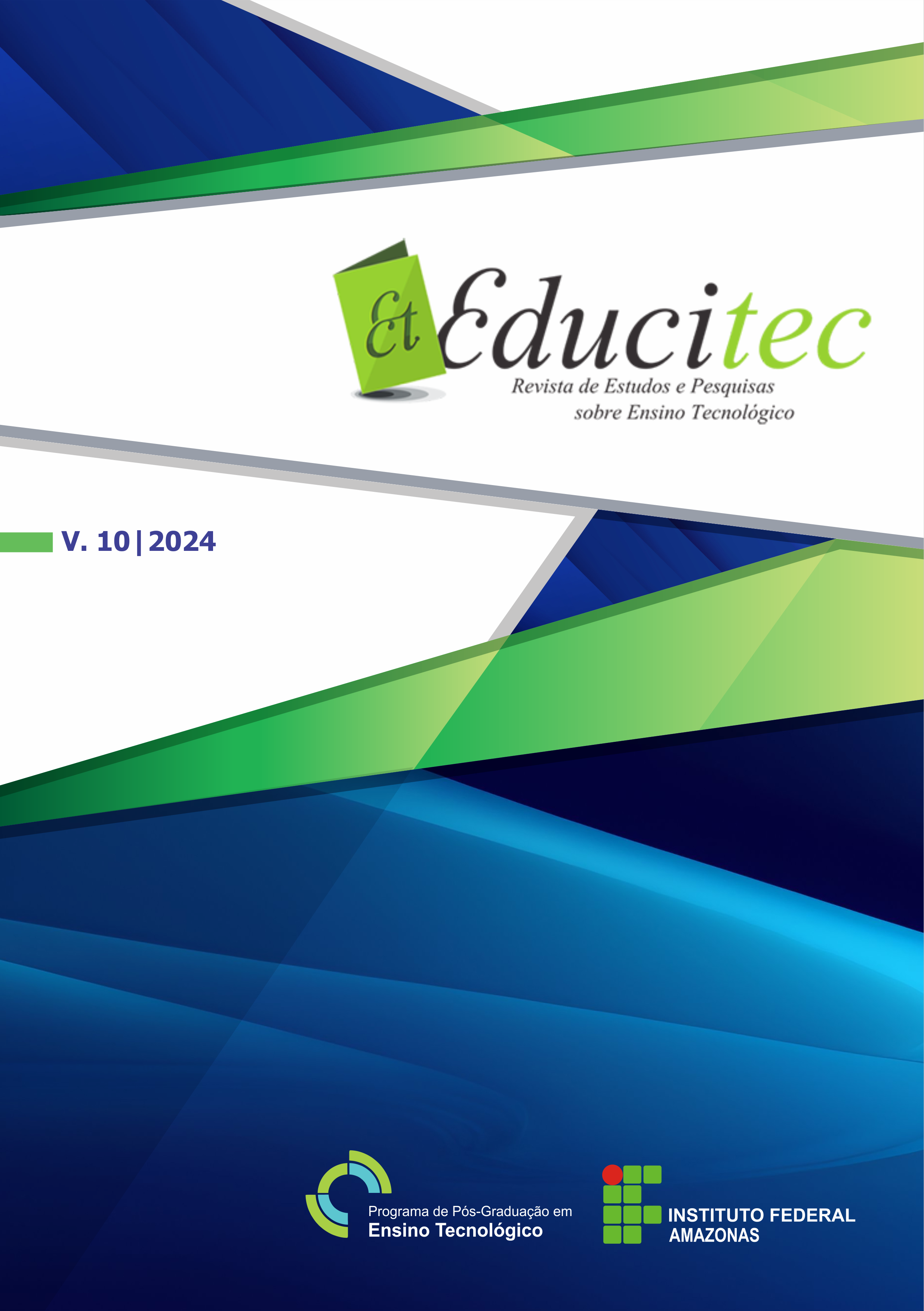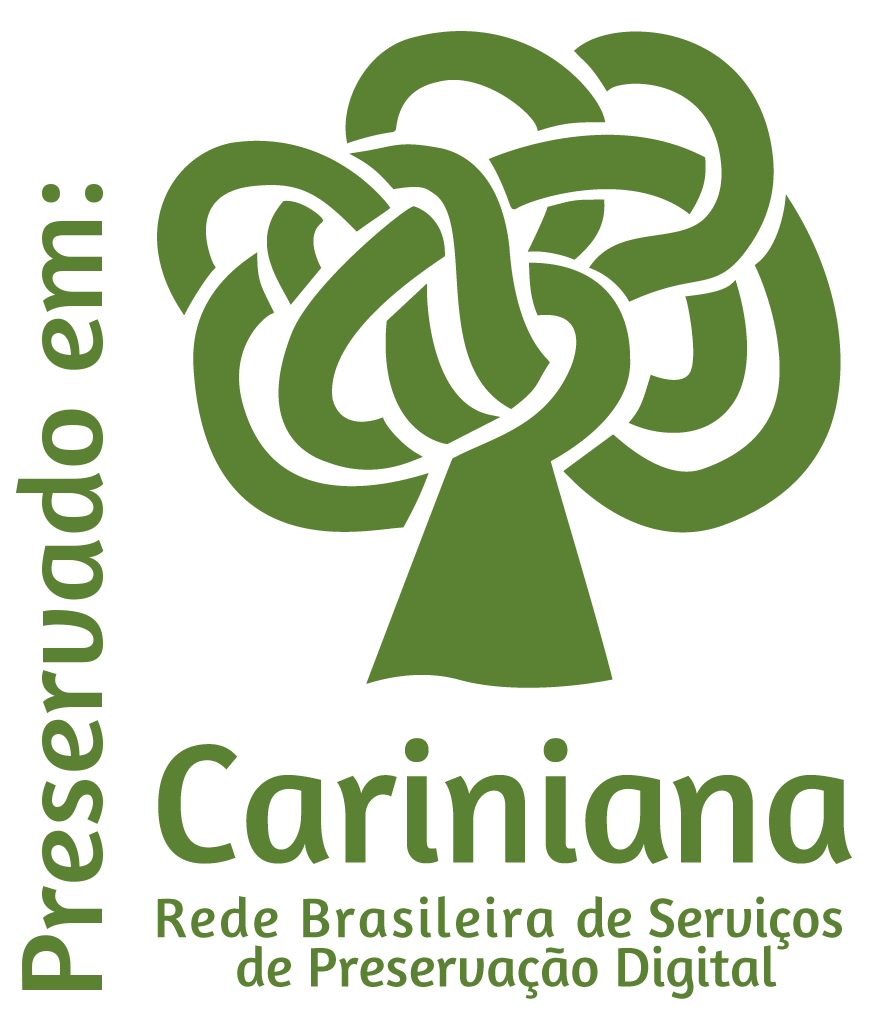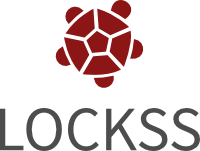Arduino as a technological resource for explicit operational invariants Related to the Theory of Relativity
DOI:
https://doi.org/10.31417/educitec.v10.2316Keywords:
special theory of relativity, project-based learning, conceptual field theory.Abstract
The advancement of technologies in recent decades has led technological devices to become increasingly prevalent in society. Among the various devices present in the contemporary world, the Global Positioning System (GPS) stands out as a resource of extreme importance in areas such as aviation and the transportation of goods. This device has strong foundations in the theory of special relativity, due to the difference in velocity between the orbiting satellites and the receivers located on the Earth's surface, resulting in temporal dilation.This study developed a technological product with a pedagogical focus using Project-Based Learning (PBL) as a methodological framework, aiming to answer the following research question: What operational invariants related to the Theory of Special Relativity can be mobilized through an investigative activity using Project-Based Learning as a methodological reference? For data analysis, we employed the Theory of Conceptual Fields (TCF) developed by Gerard Vergnaud. The research was implemented in a third-year high school class with a group of twenty students in a public school. The results demonstrate that, coupled with the PBL methodology, the technological product emerged as a significant pedagogical resource, mobilizing various groups of operational invariants, some explicit, others implicit, thus aligning with the TCF and allowing for a demonstration of relativistic effects in everyday life. Ultimately, we believe that this research will contribute to teachers' pedagogical practice and students' learning process.
Downloads
Metrics
References
BACICH, L.; MORAN, J. Metodologias ativas para uma educação inovadora: uma abordagem teórico-prática. Porto Alegre: Penso Editora, 2017.
BENDER, W. N. Aprendizagem Baseada em Projetos: educação diferenciada para o Século XXI. Porto Alegre: Editora Penso, 2014.
CALHEIRO, L. B. Inserção de tópicos de física partículas de forma integrada aos conteúdos tradicionalmente abordados no ensino médio. 2014. 188 f. Dissertação (Mestrado em Educação em Ciências) - Universidade Federal de Santa Maria, Santa Maria, 2014. Disponível em: https://repositorio.ufsm.br/bitstream/handle/1/6680/CALHEIRO%2c%20LISIANE%20BARCELLOS.pdf?sequence=1&isAllowed=y. Acesso em: 08 fev. 2024.
FALCIANO, F. T. Cinemática relativística: paradoxo dos gêmeos. Revista Brasileira de Ensino de Física, [S. l.], v. 29, n. 1, p. 19-34, 2007. Disponível em: https://www.scielo.br/j/rbef/a/YmnQFc8zPf4TVKp5gkmcVvn/. Acesso em: 08 fev. 2024. DOI: https://doi.org/10.1590/S1806-11172007000100006
FARIAS NETO, A.; LOUBET, S. S.; ALBUQUERQUE, L. M. O uso da impressora 3D no processo de ensino e aprendizagem. Revista Eletrônica Sala de Aula em Foco, Espírito Santo, v. 10, n. 2, 2019. Disponível em: https://ojs.ifes.edu.br/index.php/saladeaula/article/view/1377. Acesso em: 08 fev. 2024. DOI: https://doi.org/10.36524/saladeaula.v10i2.1377
MARTINAZZO, C. A. et al. Arduino: uma tecnologia no ensino de física. Revista Perspectiva, Rio Grande do Sul, v. 38, n. 143, 2014. Disponível em: https://www.uricer.edu.br/site/pdfs/perspectiva/143_430.pdf. Acesso em: 08 fev. 2024.
MORÁN, J. Mudando a educação com metodologias ativas. São Paulo, 2015.
MOREIRA, M. A. A teoria dos campos conceituais de Vergnaud, o ensino de ciências e a pesquisa nesta área. Investigações em Ensino de Ciências, Porto Alegre, v. 7, n. 1, 2002. Disponível em: https://lume.ufrgs.br/bitstream/handle/10183/141212/000375268.pdf. Acesso em: 08 fev. 2024.
MOREIRA, M. A. Grandes desafios para o ensino da física na educação contemporânea. Revista do professor de física, [S. l.], v. 1, n. 1, p. 1-13, 2017. Disponível em: https://periodicos.unb.br/index.php/rpf/article/view/7074. Acesso em: 08 fev. 2024. DOI: https://doi.org/10.26512/rpf.v1i1.7074
MOREIRA, M. P. C. et al. Contribuições do Arduino no ensino de Física: uma revisão sistemática de publicações na área do ensino. Caderno Brasileiro de Ensino de Física, Santa Catarina, v. 35, n. 3, p. 721-745, 2018. Disponível em: https://periodicos.ufsc.br/index.php/fisica/article/view/2175-7941.2018v35n3p721/38041. Acesso em: 08 fev. 2024. DOI: https://doi.org/10.5007/2175-7941.2018v35n3p721
OSTERMANN, F.; MOREIRA, M. A. Uma revisão bibliográfica sobre a área de pesquisa “física moderna e contemporânea no ensino médio”. Investigações em Ensino de Ciências, Rio Grande do Sul, v. 5, n. 1, p. 23-48, 2000. Disponível em: https://ienci.if.ufrgs.br/index.php/ienci/article/view/600. Acesso em: 08 fev. 2024.
PASQUALETTO, T. I.; VEIT, E. A.; ARAUJO, I. S. Aprendizagem baseada em projetos no Ensino de Física: uma revisão da literatura. Revista Brasileira de Pesquisa em Educação em Ciências, Minas Gerais, v. 17, n. 2, p. 551-577, 2017. Disponível em: https://periodicos.ufmg.br/index.php/rbpec/article/view/4546. Acesso em: 08 fev. 2024. DOI: https://doi.org/10.28976/1984-2686rbpec2017172551
RENN, J. A física clássica de cabeça para baixo: como Einstein descobriu a teoria da relatividade especial. Revista brasileira de ensino de física, [S. l.], v. 27, p. 27-36, 2005. Disponível em: https://www.scielo.br/j/rbef/a/KpdmhFh7HFfNFTqmnBR6WFD/. Acesso em: 08 fev. 2024. DOI: https://doi.org/10.1590/S1806-11172005000100004
RUSSO, A.; ADORNO, D. P. An inquiry-based learning path to introduce modern physics in high-school. Journal of Physics, [S. l.], v. 1076, n. 1, 2018. Disponível em: https://iopscience.iop.org/article/10.1088/1742-6596/1076/1/012007. Acesso em: 08 fev. 2024. DOI: https://doi.org/10.1088/1742-6596/1076/1/012007
SILVA, C. D. E. A teoria da relatividade restrita: como a dilatação do tempo afeta o GPS?. 28 f. Trabalho de Conclusão de Curso (Licenciatura em Física) – Universidade Federal de Alagoas, Alagoas, 2023. Disponível em: https://ud10.arapiraca.ufal.br/repositorio/publicacoes/5045. Acesso em: 08 fev. 2024.
TERRAZZAN, E. A. A inserção da física moderna e contemporânea no ensino de física na escola de 2° Grau. Caderno Catarinense de Ensino de Física, Santa Catarina, v. 9, n. 3, p. 209-214, 1992. Disponível em: https://periodicos.ufsc.br/index.php/fisica/article/view/7392. Acesso em: 08 fev. 2024.
TIRONI, C. R. et al. A aprendizagem significativa no ensino de física moderna e contemporânea. In: ENCONTRO NACIONAL DE PESQUISA EM EDUCAÇÃO EM CIÊNCIAS, 9., 2013, Águas de Lindóia. Anais [...]. Águas de Lindóia, 2013. p. 17. Disponível em: https://www.researchgate.net/profile/Elcio-Schuhmacher/publication/303247188_A_Aprendizagem_Significativa_no_Ensino_de_Fisica_Moderna_e_Contemporanea/links/5739e42e08ae9f741b2c91b1/A-Aprendizagem-Significativa-no-Ensino-de-Fisica-Moderna-e-Contemporanea.pdf Acesso em: 04 de março de 2024.
VERGNAUD, G. Psychology and Didactics of Mathematics in France: an Overview. International Reviews on Mathematical Education, [S. l.], v. 15, n. 2, p. 59-63, 1983. Disponível em: https://eric.ed.gov/?id=EJ283177. Acesso em: 08 fev. 2024.
Published
How to Cite
Issue
Section
License

This work is licensed under a Creative Commons Attribution 4.0 International License.
This work is licensed under a Creative Commons Attribution 4.0 International License
This license allows others to share, copy, redistribute material in any medium or format, adapt, remix, transform and develop the material based on their work, even if commercially, giving due credit and providing a link to the license.
The published articles are the property and full responsibility of their authors, who may have them for later publication, always including the original edition, and EDUCITEC Magazine does not have any legal responsibility for its content.

















